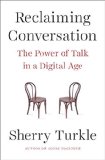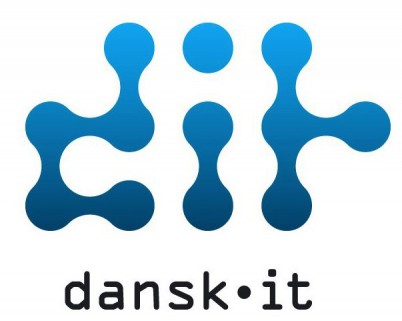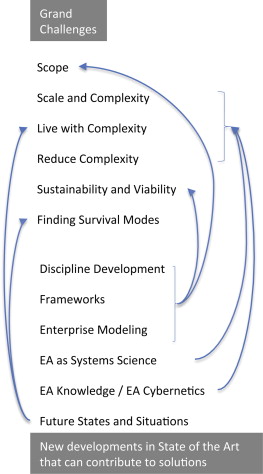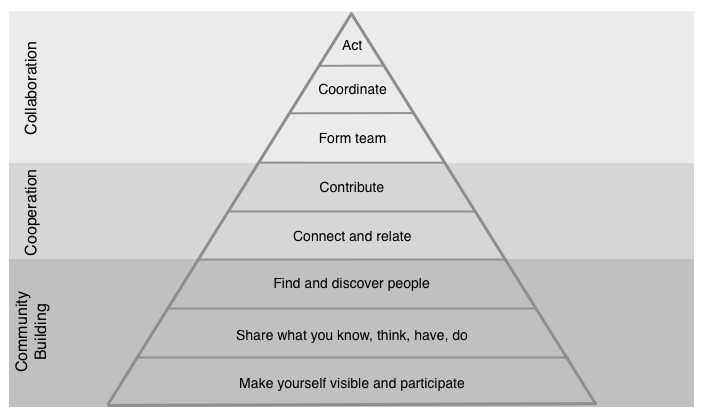
presents the 2017 QualiWare + EA Professional Development Days 2017
Ottawa, February 6-10, 2017
Presentations – 2017 QualiWare+EA Professional Development Days Presentations (Ottawa, Canada)
CloseReach and QualiWare invite you to join us for the 3rd annual QualiWare + EA Professional Development Days. An event to promote networking, learning and collaboration for Architects and QualiWare enthusiasts, novices and experts alike.
Meet other QualiWare users, Business and Enterprise Architects, Project Managers, Analysts, BPM Specialists and Quality Managers. Share architecture and QualiWare experiences. Learn from customer case studies. Take part in interactive ideas exchanges. Influence product development.
Building on the success of 2016, we will be expanding your opportunities for learning and knowledge sharing. Join us for this excellent professional development opportunity:
Speakers Day (Monday) – the best place to hear about the latest developments in enterprise architecture and business transformation in Canada and globally. Speakers Day early bird pricing is in effect: $250 per person, 5-pack: $1,125.00, 10-pack: $2,125.00. HST extra. Includes a great day of speakers as well as breakfast and lunch.
Featured Speakers:
- Kuno Brodersen – EA and Digital Transformation Strategies
- A leader in the business modeling and enterprise architecture field for more than 30 years.
- CEO and Co- Founder of QualiWare ApS. QualiWare provides comprehensive modeling tools and consulting services that focus on enhancing business efficiency, effectiveness, productivity, competitive positioning, and organizational profitability. QualiWare’s products and services help the customer succeed with Quality Management, Process Management and Optimization initiatives, Business Excellence programs, Enterprise Architecture initiatives, and/or IT solution development needs.
- Roger Burlton – A Journey from Business Architecture to a Digital Process? A Case Study in Government Transformation
- Respected pioneer in the introduction of innovative approaches for Business Architecture and Process Management
- A leader in the field of Business Process Management, having authored one of the most
read and followed books on the topic early in BPM’s growth. - Chair of the BPTrends.com Advisory Board
- Stephen Challinor – Enterprise Architecture as a Business Enabler
- Director Enterprise Architecture, Department of National Defence
- Co-Chair Government of Canada EA Working Group
- 27-year career as a public servant with a broad background in complex project and procurement management, weapon systems and equipment management, business and financial management, IM/IT systems and Alternate Service Delivery (ASD) initiatives.
- Skip Lumley – Developing and Implementing a Pan-Canadian Standard for Public Sector Business Architecture
- Co-founded and managed the consulting firm Chartwell IRM Inc. from 1984 until its acquisition in 2010 by KPMG Canada.
- Leader in the development and support of government reference models: the Municipal Reference Model (MRM), the Public Service Reference Model (Province of Ontario) and the Governments of Canada Strategic Reference Model (GSRM).
- Currently serving as an independent advisor to public and civic sector organizations on the use of reference models for program review, policy development, strategic planning and change management.
- Stephen White – Digitalizing Your Business Processes
- Business Process Management Institute (BPMI) Board of Directors
- Former Chair of BPMI Notation Working Group and author/editor of Business Process Modeling Notation (BPMN) 1.0 & 2.0 Technical Specification
- Chair of OMG Revision Task Force and Co-Chair of OMG FTF for BPMN 2.0
- Contributor to OMG CMMN 1.0 specification
- Co-Authored Book “BPMN modeling and reference guide”
Tool-Day (Tuesday) – How-To Seminars/Workshops: Business Modelling (BPMN, Capability Modelling, Requirements & Traceability); Collaboration using QualiWare Web Publishing; Change & Problem Management using QualiWare Governance Workflow Engine; Modelling Revision Management, Back-up and Recovery Strategies.
Tuesday seminars/workshops are offered at the nominal (full day) cost of $20.00 + HST per person with 100% of proceeds being donated to the Royal Ottawa PTSD Clinic.
Business Architecture Training (Tuesday-Friday) – “Made in Canada” Business Architecture training & certification with Roger Burlton.
QualiWare Training (Wednesday-Friday) – take full advantage of QualiWare’s EA software
- QualiWare Data Visualization
- QualiWare Command Language (QCL) Basic.
For more information or advance seating reservations for Speakers Day and all of the week’s events, contact Susan Wolfenden; susan@closereach.ca, 613-825-1769. Space is limited – call now!
Please feel free to share this invitation with colleagues.
Help us make this event the place to be in Canada for all things architecture related!


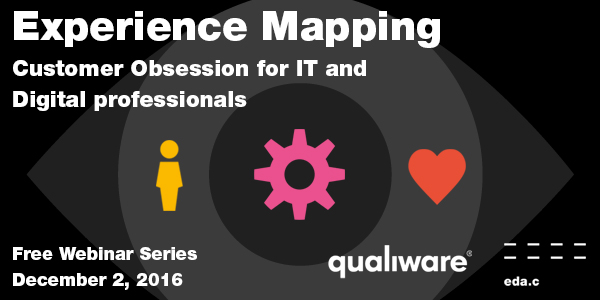
 Katharina Weber
Katharina Weber Milan Guether
Milan Guether
 QualiWare and 17 other member companies of
QualiWare and 17 other member companies of 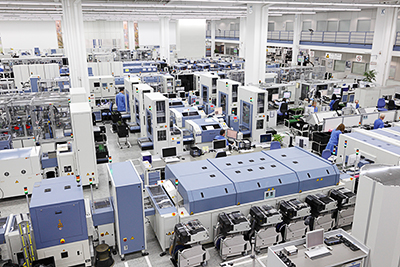
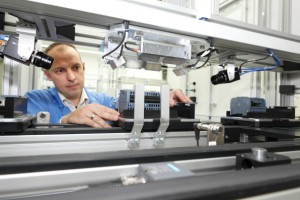 Siemens told us that they were quite content having reached a
Siemens told us that they were quite content having reached a 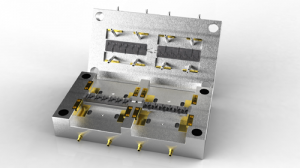


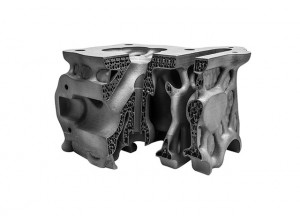
 The last visit was to the
The last visit was to the  One of the days in Nürnberg was a networking day for Danish and German companies. Or DACH companies; one company I found particularly interesting is an Austrian company,
One of the days in Nürnberg was a networking day for Danish and German companies. Or DACH companies; one company I found particularly interesting is an Austrian company, 





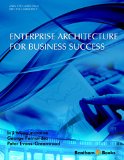
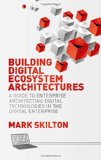

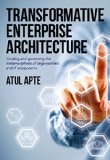 Although I am yet to read the whole book, I’ll include
Although I am yet to read the whole book, I’ll include 

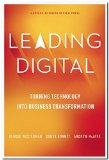 Although it is from 2014, I here also want to mention
Although it is from 2014, I here also want to mention 